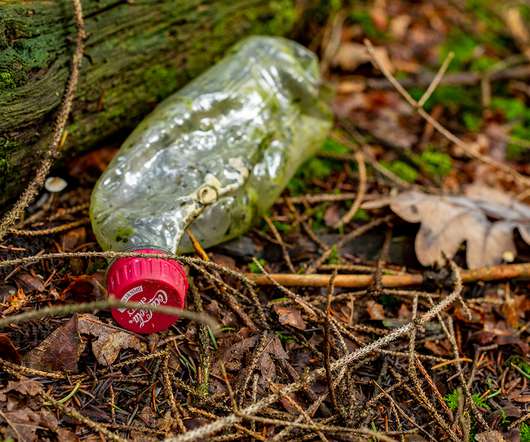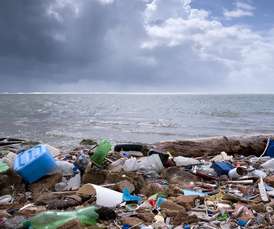Fast Fashion: The Damage It’s Caused and How to Stop It
The Environmental Blog
MARCH 19, 2020
Clothing production has approximately doubled since 2000, and it doesn’t show signs of slowing down. The microplastics in clothes are non-biodegradable and pollute the water. In 2012, they produced 840 million articles of clothing. With production that high, the environmental effects increase drastically.

















Let's personalize your content